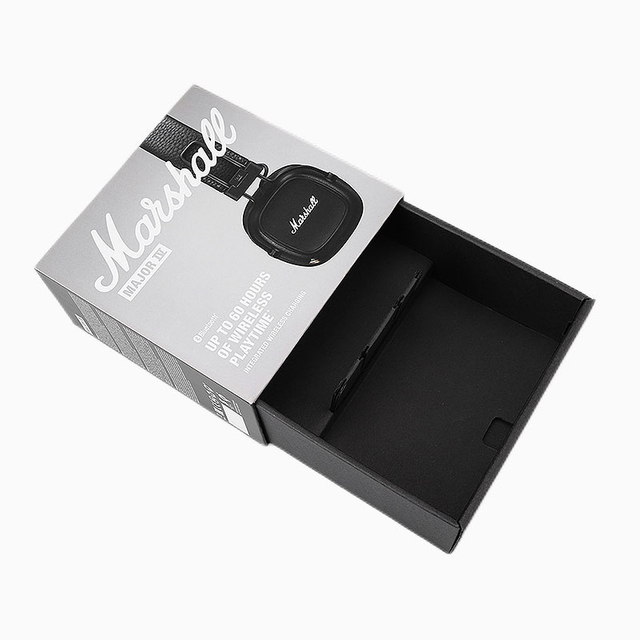Views: 55 Author: Site Editor Publish Time: 2023-09-21 Origin: Site
Welcome to our blog post on electronics packaging standards and regulations! If you're a customer looking to customize packaging for your electronic products, it's crucial to understand the laws and rules you need to comply with. This post will provide a comprehensive overview of the essential standards and regulations in the electronics packaging industry. We'll cover everything from environmental considerations to safety standards and labeling requirements. So, let's dive in!

With increasing concerns about environmental sustainability, electronic packaging has become subject to various regulations aimed at reducing waste and promoting eco-friendly practices. Here are some important considerations:
Many countries have implemented restrictions on using hazardous substances in electronic packaging to protect the environment and human health. The most well-known regulation is the Restriction of Hazardous Substances (RoHS) Directive in the European Union (EU). RoHS restricts the use of substances such as lead, mercury, cadmium, and certain flame retardants in electronic products and their packaging.
Proper packaging waste management is crucial for minimizing the environmental impact of electronic packaging. Many countries have implemented Extended Producer Responsibility (EPR) programs, which hold manufacturers responsible for collecting, recycling, and disposing of their packaging waste. Customers must ensure their packaging complies with these programs to avoid penalties and contribute to a circular economy.
Choosing sustainable materials for electronic packaging is a critical element of complying with environmental regulations. Materials such as recycled cardboard, biodegradable plastics, and water-based inks can reduce the ecological footprint of packaging. By making conscious material choices, customers can contribute to a greener future and meet the expectations of environmentally conscious consumers.
Ensuring the safety of electronic products throughout their lifecycle is of paramount importance. Packaging is crucial in protecting the products from damage during transit and storage. Here are some safety standards to keep in mind:
ISTA testing provides standardized procedures for evaluating packaging performance in simulated transportation environments. It helps customers assess whether their packaging can withstand the rigors of handling, storage, and transportation. ISTA testing includes shock resistance, vibration, compression, and climate conditions.
Electrostatic discharge can cause significant damage to electronic components during handling and packaging. To prevent ESD-related failures, packaging must incorporate appropriate measures. Antistatic materials, conductive foam, and shielding bags are commonly used to provide ESD protection. Compliance with ESD standards ensures the integrity of electronic products from assembly to end-user.
Child-resistant packaging may be required if your electronic product contains hazardous components or batteries that pose a risk to children. Child-resistant closures or mechanisms must meet specific standards to prevent accidental ingestion or injury. It's crucial to understand the regulations specific to your target market and ensure compliance to protect consumers and meet legal requirements.
Accurate labeling and documentation of electronic products are essential for compliance with regulations and establishing customer trust. Here are some critical requirements to consider:
Product labels play a vital role in conveying important information to consumers. Depending on the region, electronic products may be required to carry mandatory clients, such as safety markings, energy efficiency ratings, or recycling symbols. Labels must be clear, legible, and meet the specific requirements of applicable standards.
Providing comprehensive user manuals and declarations of conformity is often mandatory for electronic products. User manuals should include safety instructions, product specifications, and proper use and disposal information. Declarations of conformity demonstrate that the product complies with applicable regulations, standards, and directives.
Different countries may have additional labeling and documentation requirements for electronic products. For instance, the Federal Communications Commission (FCC) in the United States imposes specific rules for marking and labeling electronic devices that emit radiofrequency energy. It's essential to research the regulations of your target market and ensure compliance to avoid penalties and market entry barriers.
Various testing and certification processes are available to ensure the quality and compliance of electronic packaging. These processes help customers verify that their packaging meets the necessary standards and regulations. Here are a few examples:
Obtaining ISTA certification demonstrates that a packaging design has undergone rigorous testing and meets the performance requirements outlined by ISTA. This certification can instill confidence in customers and ensure their packaged products are adequately protected during transportation and handling.
In some countries, such as the United States, NRTLs are independent laboratories recognized by the Occupational Safety and Health Administration (OSHA). NRTLs conduct product safety testing and certification, including packaging-related aspects. Partnering with an NRTL can help customers ensure that their packaging complies with safety regulations and standards.
In the ever-evolving world of electronics packaging, staying compliant with standards and regulations is crucial for successful product customization. Customers can ensure the quality and integrity of their packaged electronic products by understanding and adhering to environmental considerations, safety standards, labeling requirements, and testing procedures. Remember, compliance is not only about meeting legal obligations but also about building consumer trust and contributing to a sustainable future. So, research the regulations applicable to your product and collaborate with packaging experts to create a packaging solution that meets regulatory requirements and customer expectations.
Are you ready to take your electronics packaging to the next level? Stay informed, stay compliant, and unlock new possibilities for your business with customized packaging that sets you apart in the market.
What's App: +86-158 2091 3001